Race and Ethnicity: African American
aka: Forty-sixth Regiment U.S. Colored Troops
First Baptist Church (Little Rock)
aka: EMOBA
aka: Museum of Black Arkansans and Performing Arts Center
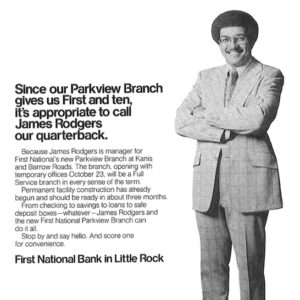 First National Bank Ad
First National Bank Ad
 Derek Fisher
Derek Fisher
Fisher, Derek Lamar
Fisher, Isaac
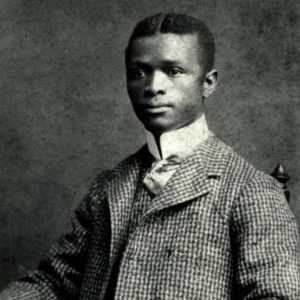 Isaac Fisher
Isaac Fisher
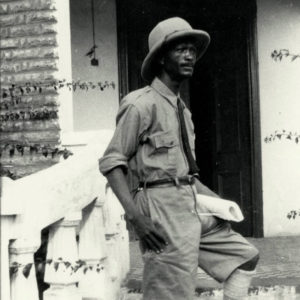 Isaac Fisher in Africa
Isaac Fisher in Africa
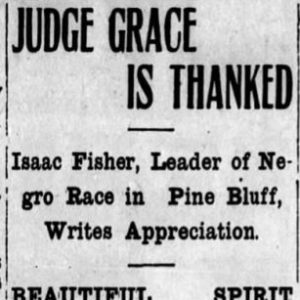 Isaac Fisher Letter
Isaac Fisher Letter
Fleming, Sam (Lynching of)
Flemming, Owen (Lynching of)
Flowers, Beulah Lee Sampson
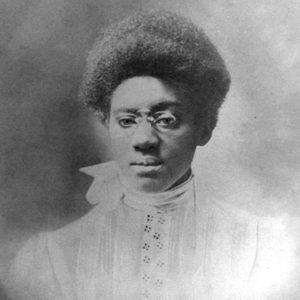 Beulah Flowers
Beulah Flowers
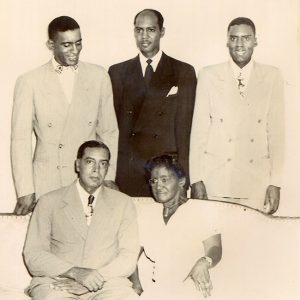 Flowers Family
Flowers Family
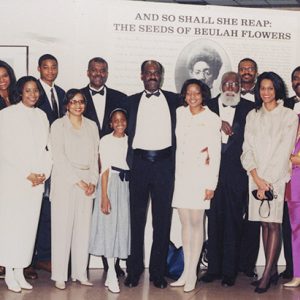 Flowers Family at UAPB
Flowers Family at UAPB
Flowers, Cleon
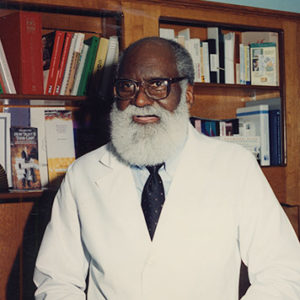 Cleon Flowers
Cleon Flowers
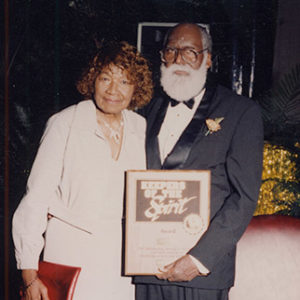 Cleon and Martha Flowers
Cleon and Martha Flowers
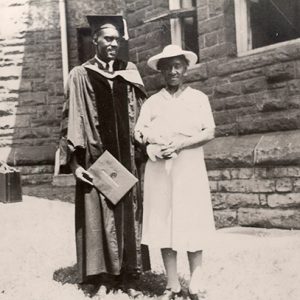 Cleon and Beulah Flowers
Cleon and Beulah Flowers
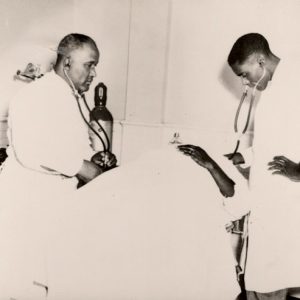 Cleon Flowers and C. A. Lawlah with Patient
Cleon Flowers and C. A. Lawlah with Patient
 William Harold Flowers
William Harold Flowers
Flowers, William Harold
Forrest City Riot of 1889
Fort Pinney to Kimball’s Plantation, Expedition from
Fort Smith Schools, Desegregation of
Foster, Thomas P. (Killing of)
Fox, Joseph (Joe)
Fox, Warren (Lynching of)
Franklin, Monroe (Lynching of)
Frederick, Bart (Lynchings Related to the Murder of)
Free Blacks
aka: Free Negroes
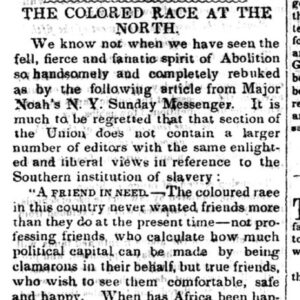 Free Blacks Article
Free Blacks Article
Freedmen’s Bureau
aka: Bureau of Refugees, Freedmen, and Abandoned Lands
Freedmen’s Schools
Freedom Centers, Houses, Schools, and Libraries
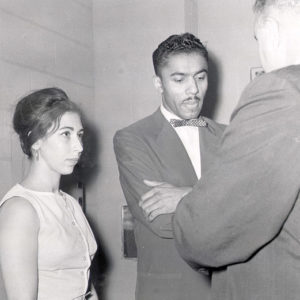 Freedom Rides
Freedom Rides
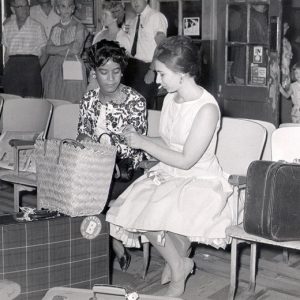 Freedom Rides
Freedom Rides
Freedom Rides
Freedom Suits
Fuller, Bennie
Fuqua, Lela Rochon
 Lela Rochon Fuqua
Lela Rochon Fuqua
 Furbush Bust
Furbush Bust
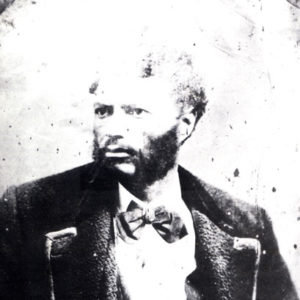 William Furbush
William Furbush
Furbush, William Hines
Gammon, John, Jr.
Gardner, Jeff (Lynching of)
Garland, Mamie Odessa Hale
Garner, Margaret “Peggy”
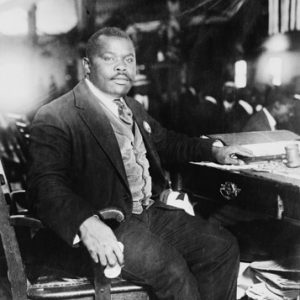 Marcus Garvey
Marcus Garvey




